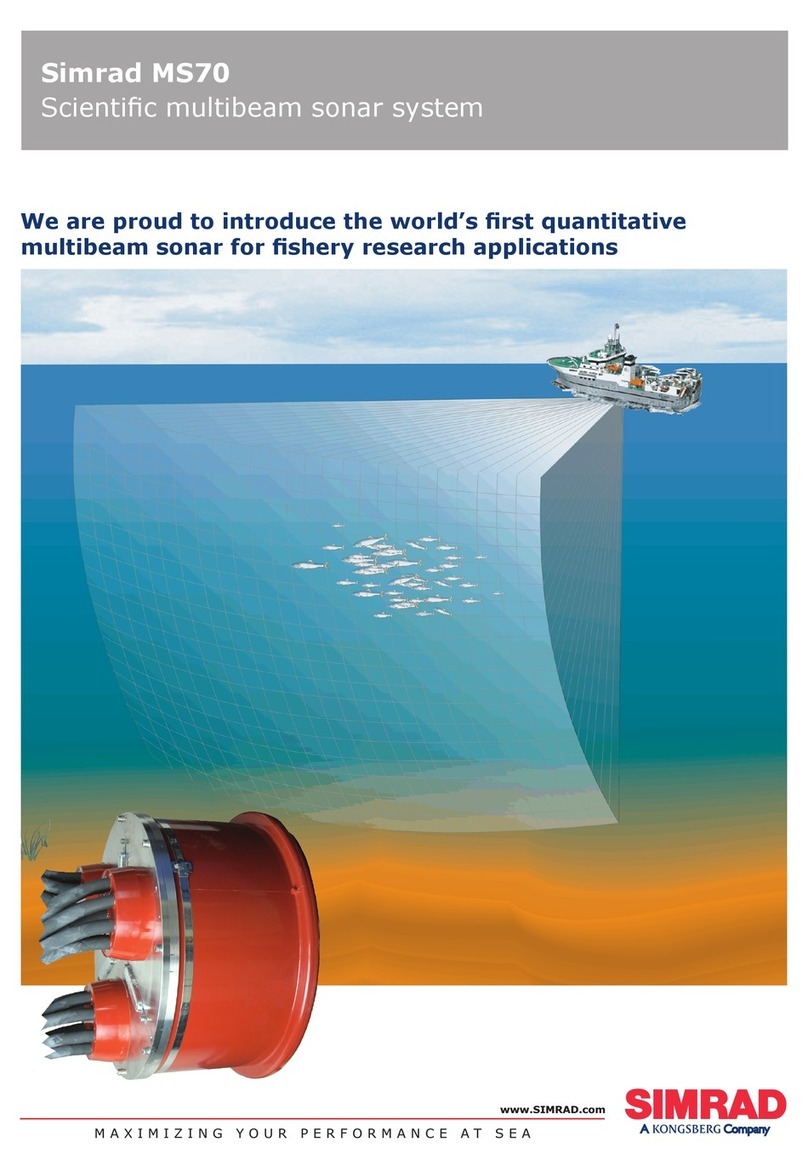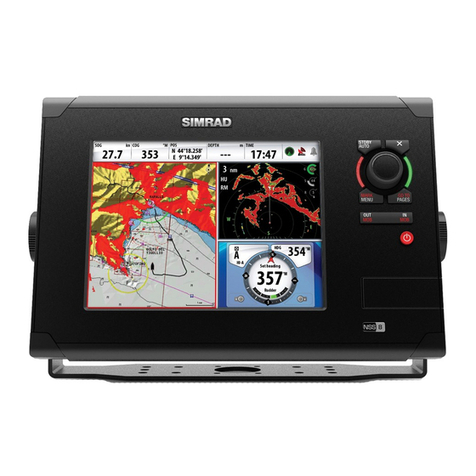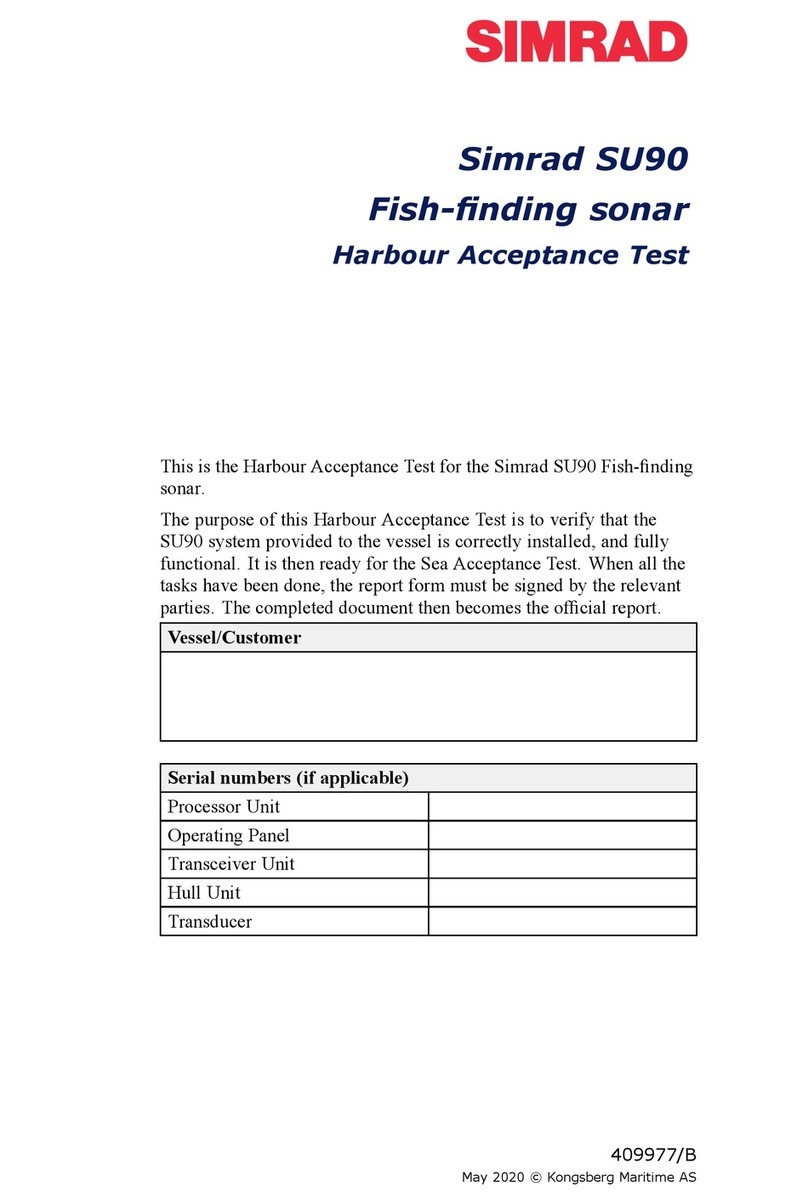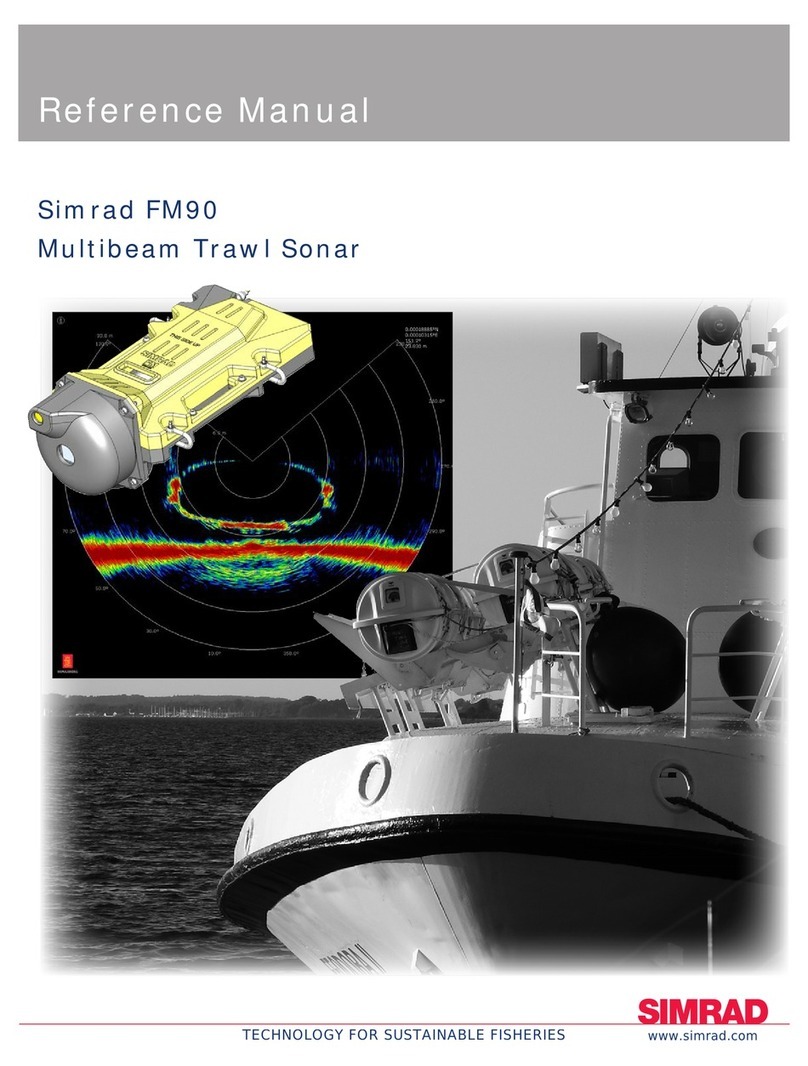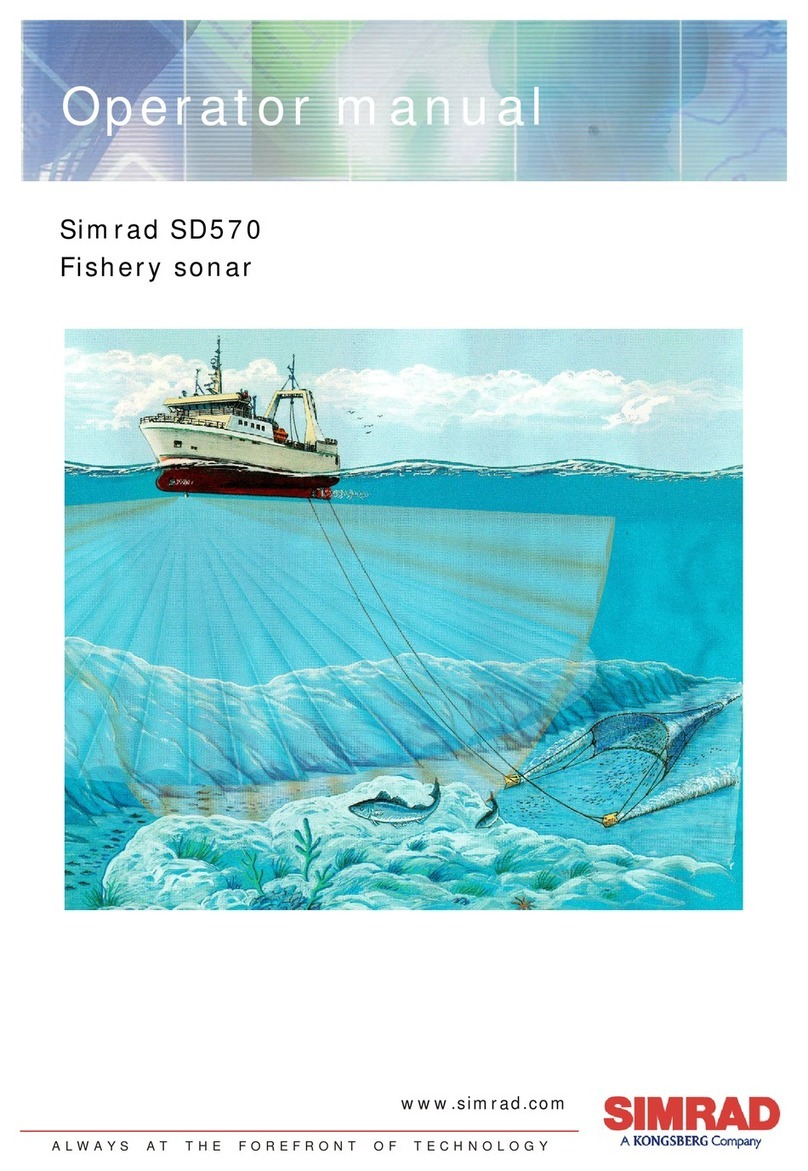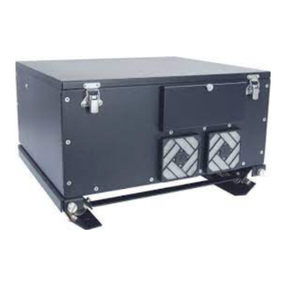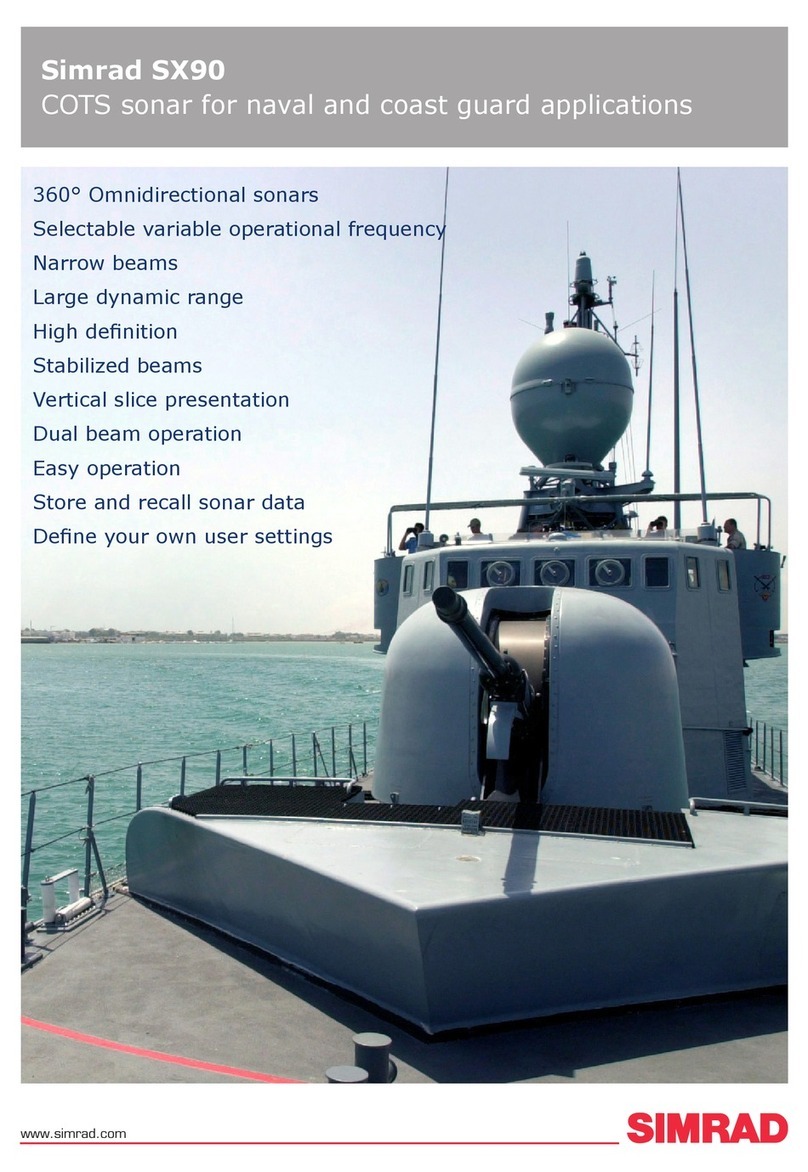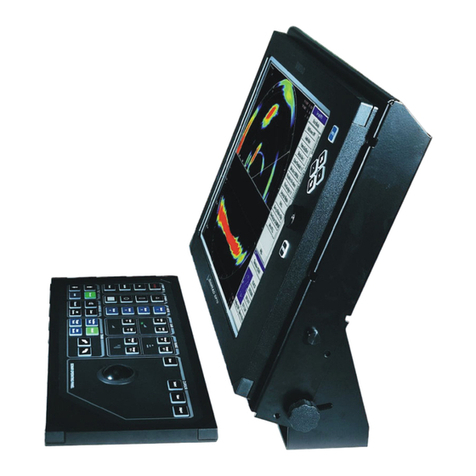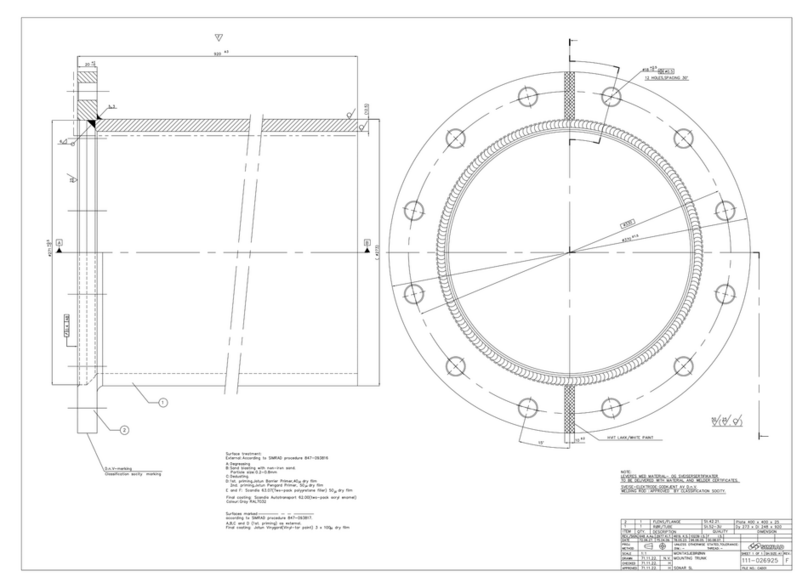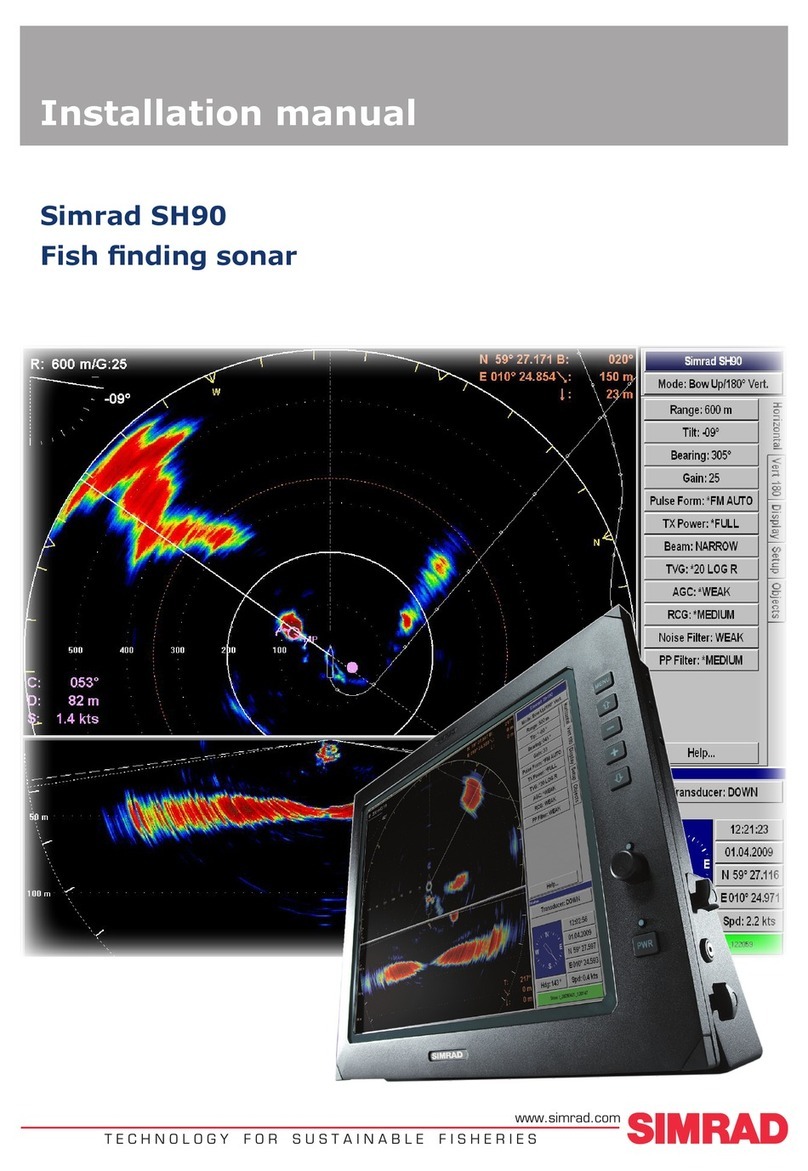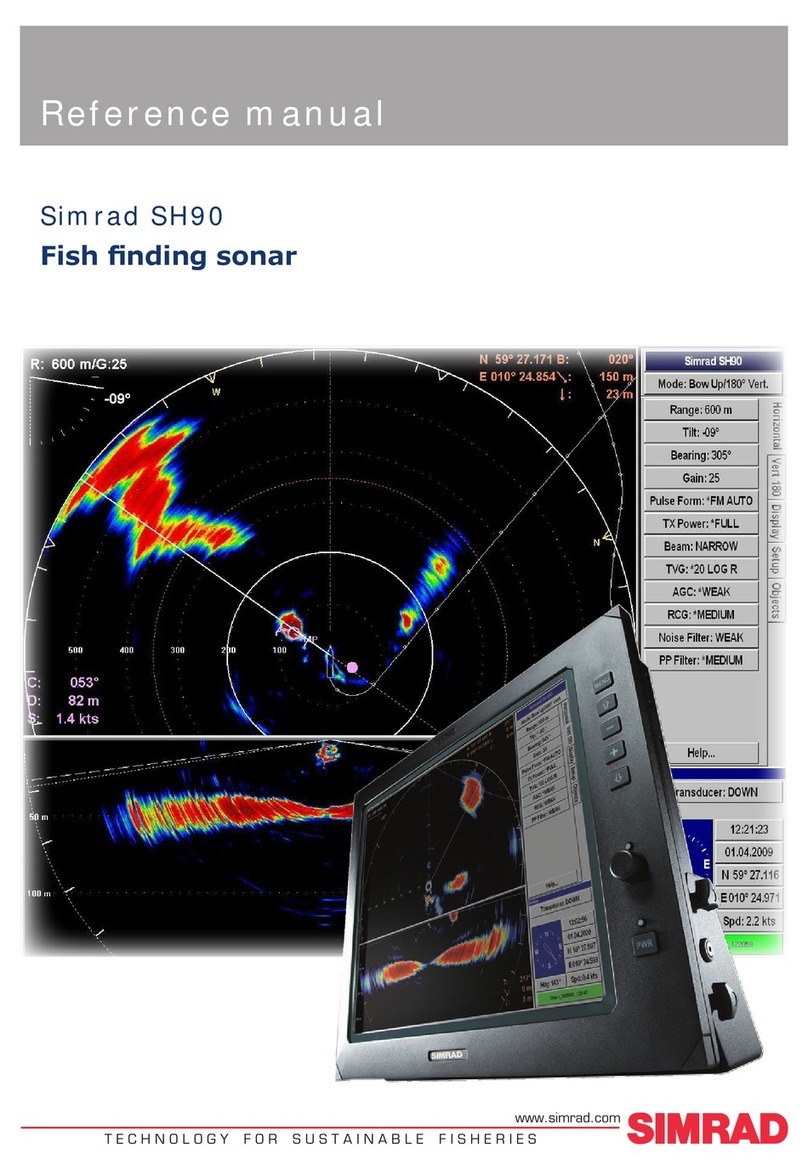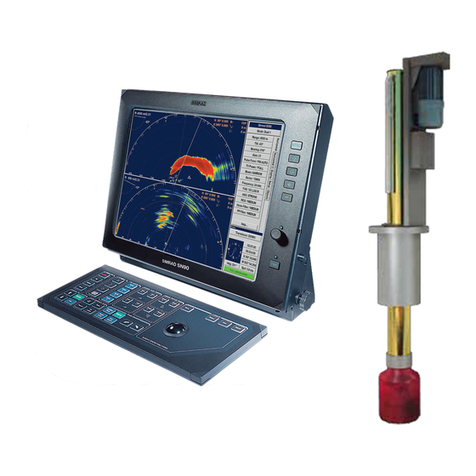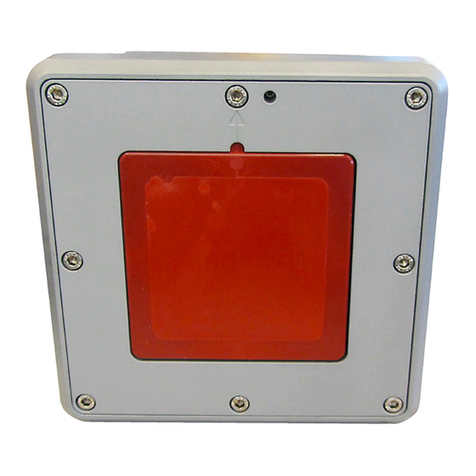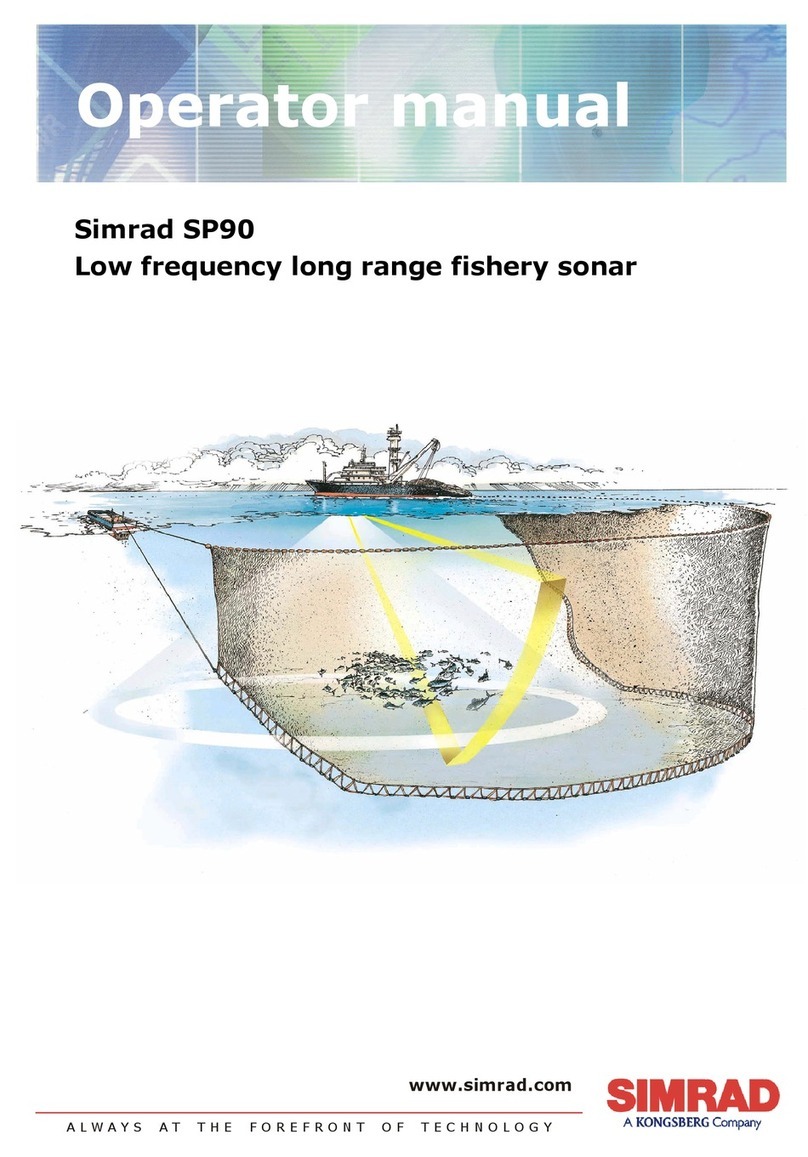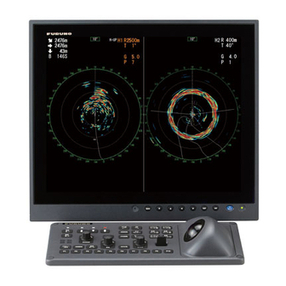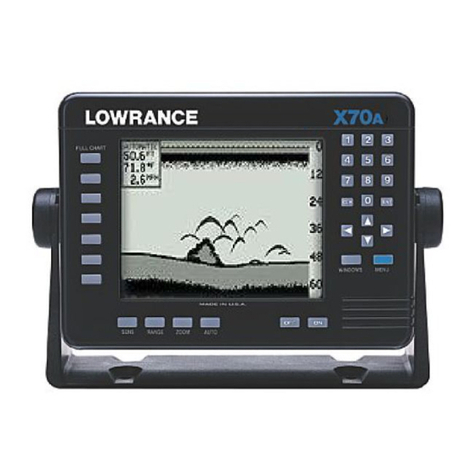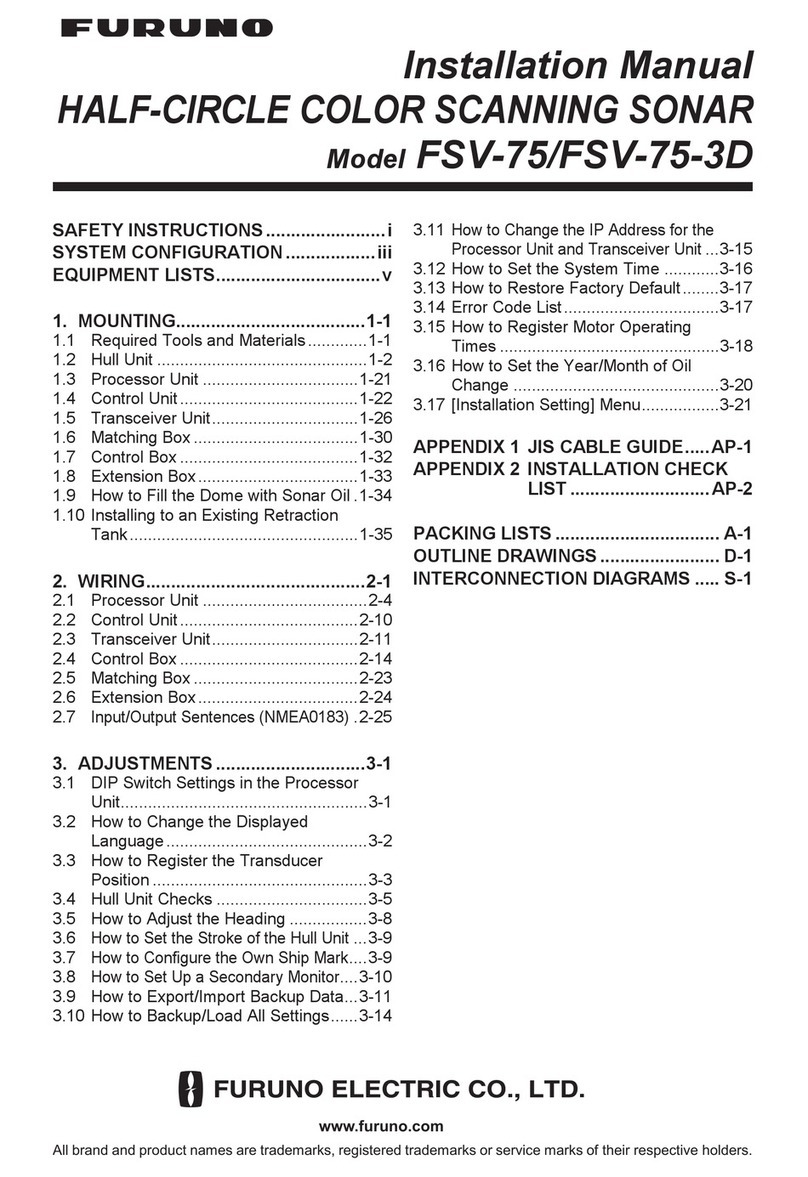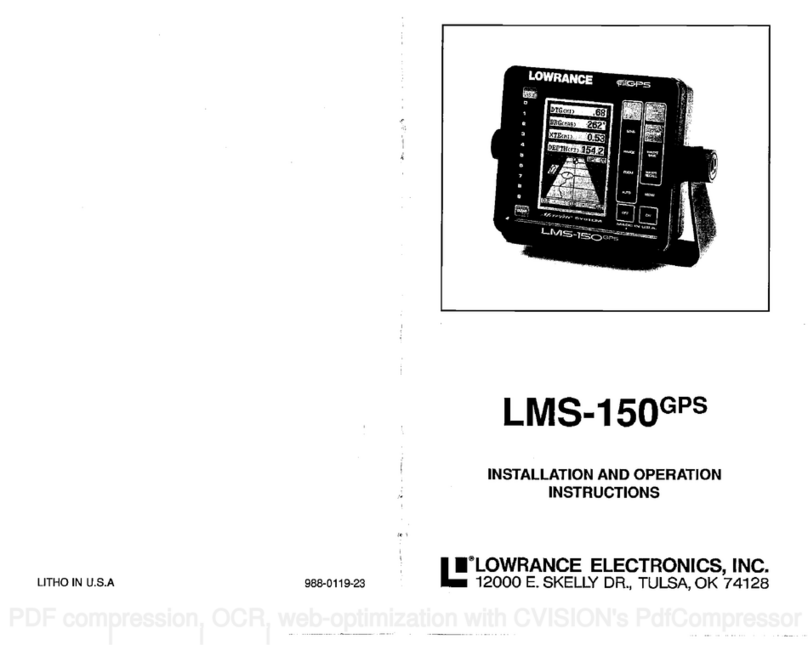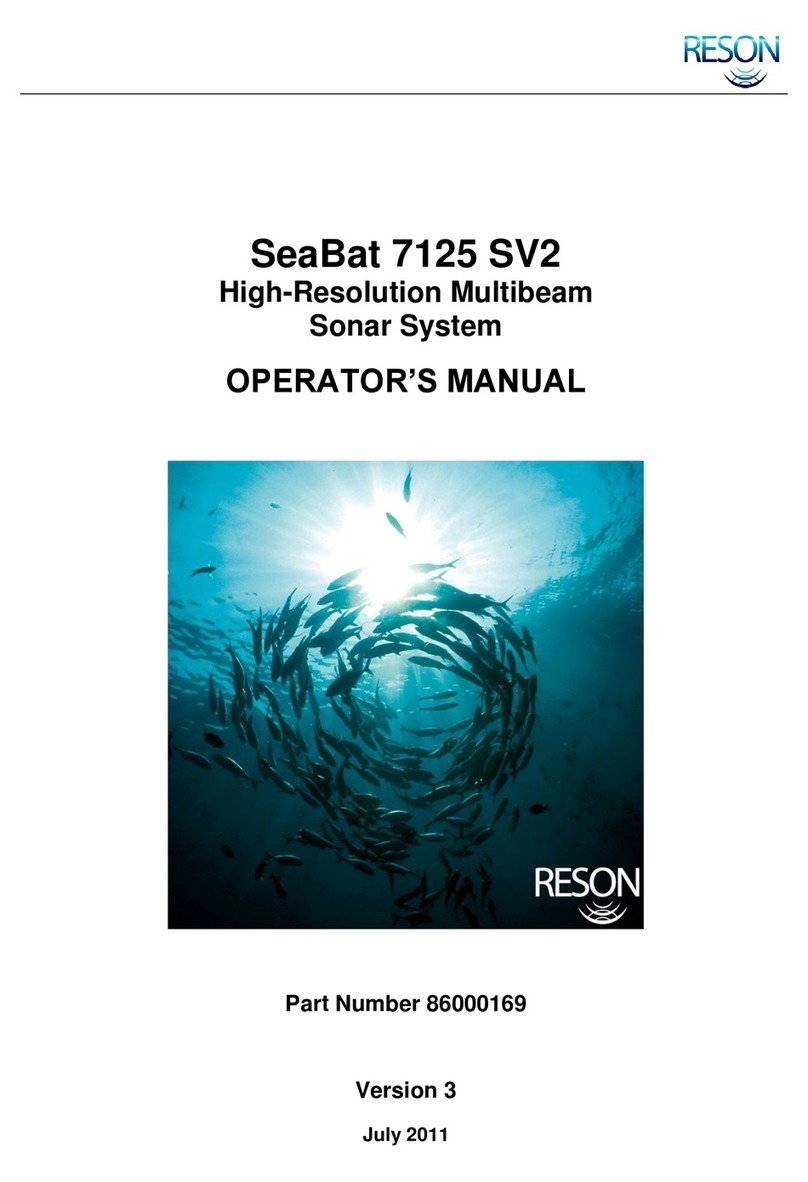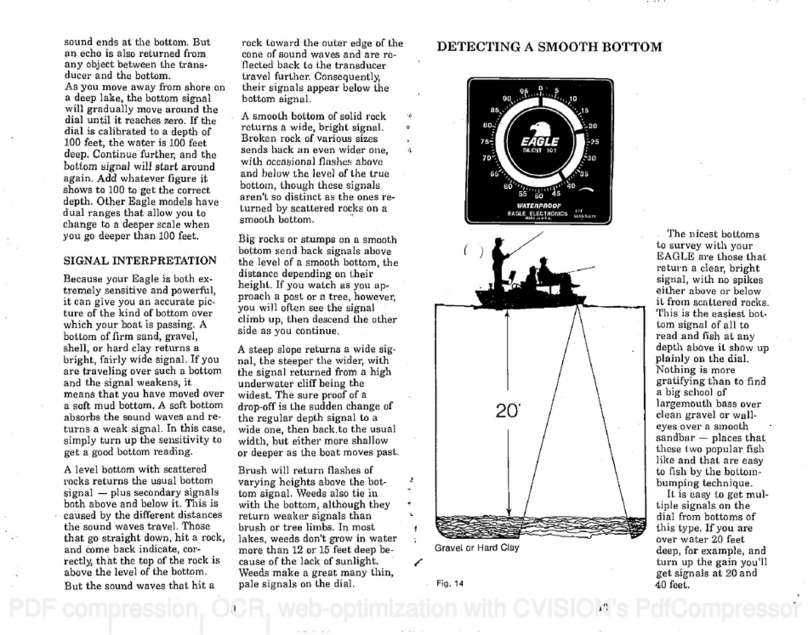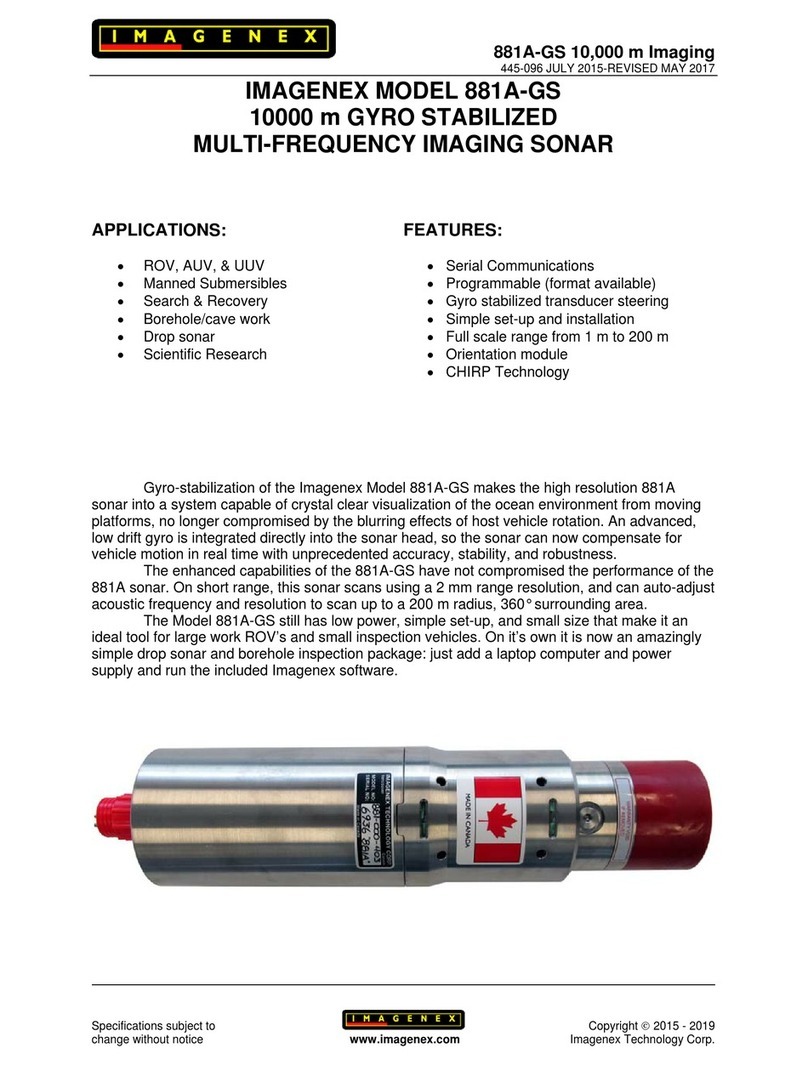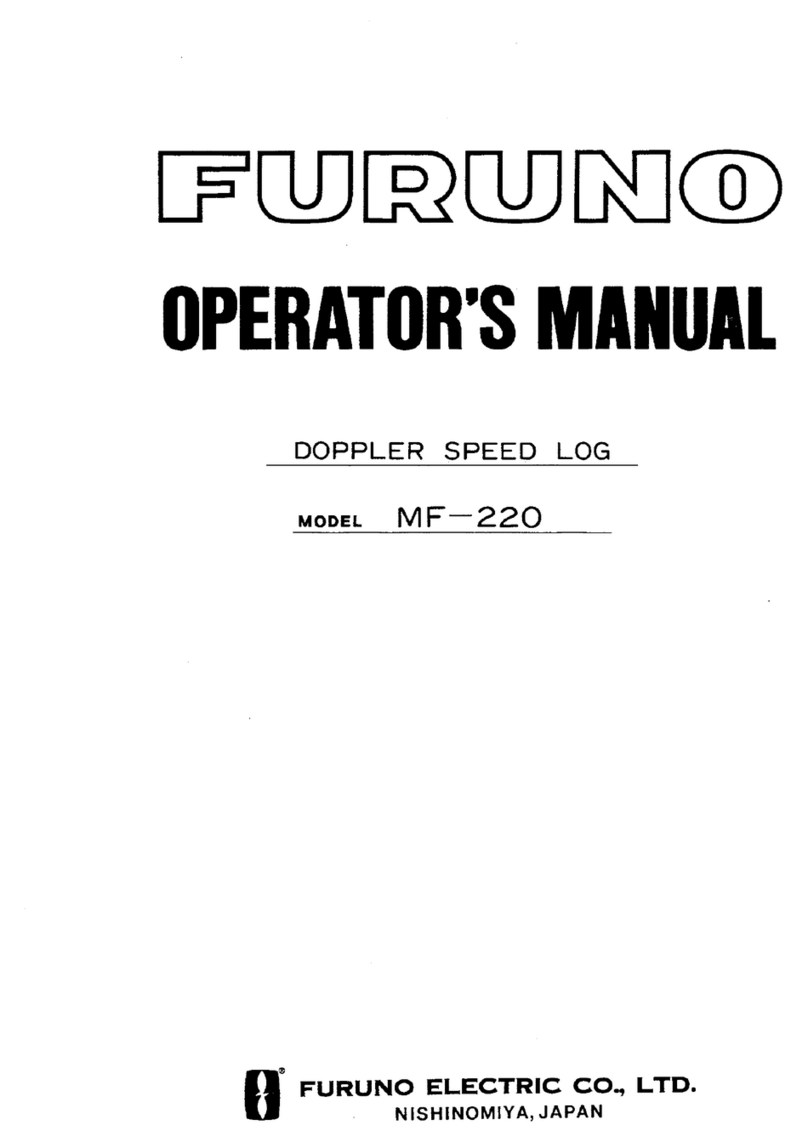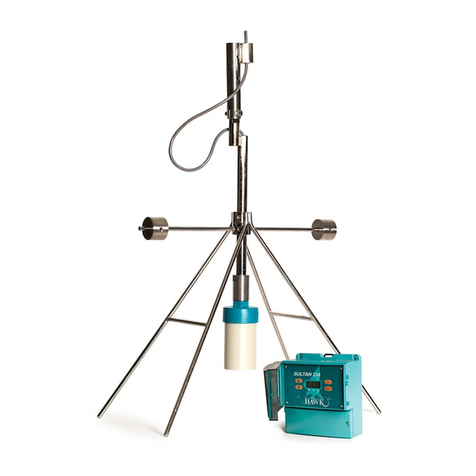Operator manual
V
850--164186 A
GeoView index menu 75...................................
VerticalView index menu 76................................
EchoView index menu 77..................................
TrawlView index menu 78.................................
LowerView index menu 79.................................
CatchView index menu 80.................................
4.9 Warnings and alarms 81.........................................
Message Bar 81...........................................
Warnings index menu 82..................................
Operator alarms index menu 83............................
System alarms index menu 84.............................
Errors index menu 85.....................................
4.10 Submenus 86..................................................
Range 87.................................................
Tilt 88...................................................
Bearing (Horizontal) 89....................................
Bearing (Vertical) 90......................................
Gain 91..................................................
Pulse Form 92............................................
Tx Power 94..............................................
Ping Sector 95............................................
Frequency (option) 96.....................................
TVG (Time Variable Gain) 97..............................
AGC (Automatic Gain Control) 98..........................
RCG (Reverberation Controlled Gain) 99....................
PP Filter 100..............................................
Audio volume 101..........................................
Palette 102................................................
Display Gain 103..........................................
Colour Threshold 104.......................................
Colours 105................................................
Panel Backlight 106........................................
Language 107.............................................
Units 108.................................................
Menu 112.................................................
Gear 113..................................................
Edit Gear (Purse) 114......................................
Edit Gear (Trawl) 116......................................
School Data 119...........................................
Edit school 120............................................

